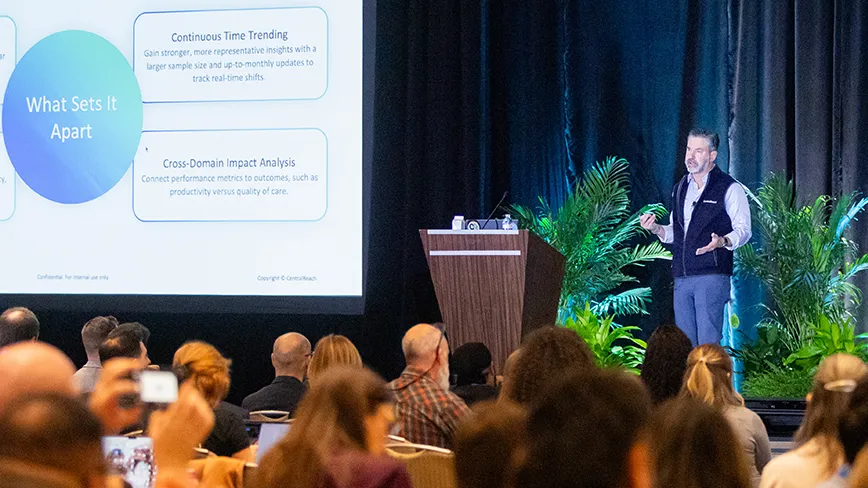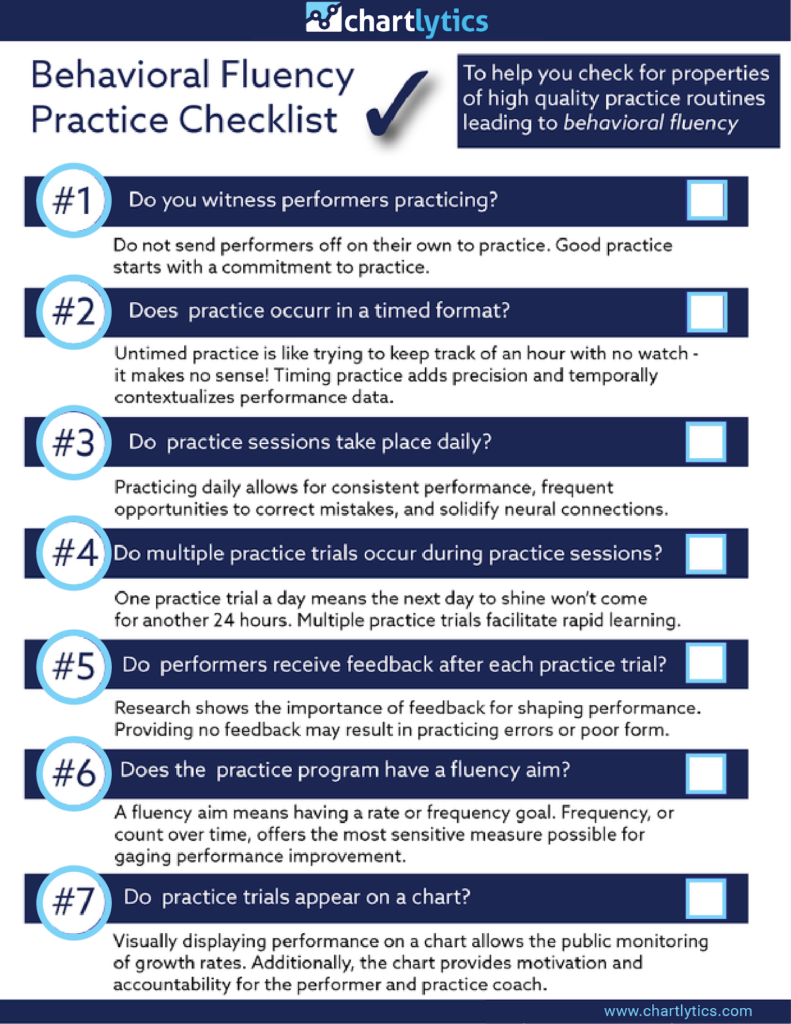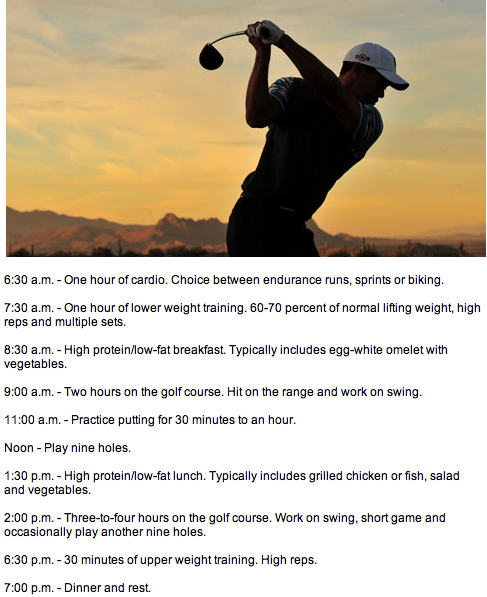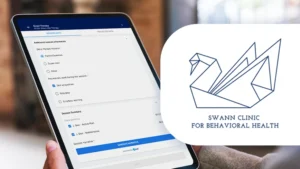Written by Rick Kubina
As the new school year approaches, parents and children engage in a familiar set of activities: school clothes shopping, school supply shopping, and checking out classroom and scheduling assignments.
The time of year holds a mixture of emotions for parents and students alike. Feelings can range from excitement and eagerness, to nervousness and apprehension. But as parents send their children off to school, one critical factor will play a weighty role into the success of each student – practice.
In fact, next to the curriculum and curriculum delivery (i.e., instruction), the degree of practice holds the most significant impact on success. No one gets better at anything without practice. And if practice does have a presence in the classroom, it may represent drill (read the following for the difference between practice and drill) .
How can you tell what type of practice is in your child’s class? The following checklist can help determine the extent to which robust practice procedures occur in the classroom.
Figure 2. The Behavioral Fluency Practice Checklist
Checklist item #1. To experience the benefits of practice, practice must first occur. Some teachers relegate practice to occasions during which they do not monitor or even witness the student working on skills.
The number one culprit of downgrading an active culture of practice?
Homework.
Having students practice on their own is probably better than no practice, but perhaps not always. Students may practice errors. Students do not receive feedback until much, much later from the point of time when they made the mistake.
Students also can put off homework/practice or not do it at all. If teachers value practice, it must occur in school, in class, and under their watchful eye. (This is why some advocate the “flipped classroom” model.)
Checklist item #2. A fundamental truth about humans – all behavior occurs in time. Therefore, the most sensitive measure we have involves counting a skill in time. We call counts over time frequency or rate.
Too often teachers do not time practice and have students work at skills at their leisure. If two students answered 10 math problems correctly, but one took 1 minute and the other 5 minutes, which one has the superior skill?
Because most teachers do not time practice we will never know or appreciate the difference of skillful performance. And more importantly, decisions concerning competent development proceed unevenly and with obscured information.
Checklist item #3. How often practice sessions take place influence the trajectory of fluency (fluency = the attainment of true mastery defined by highly accurate and well-paced behavior).
Take a look at Tiger Wood’s practice schedule:
Figure 3. Tiger Wood’s practice routine.
There is no substitute for the intensity of practice. Athletes, musicians, surgeons, and any person serious about skill develop will practice daily. Sadly, in American schools daily practice may not come about due to competing demands or a disdainful attitude towards practice.
Checklist item #4. Some definitions to help explain practice terms:
- Practice Schedule: Planning and scheduling of daily practice sessions.
- Practice Session: Overall length of the time spent practicing. Includes all elements of practice.
- Practice Trial: An instance of one timed application of practice.
A key feature distinguishing good practice from bad involves the number of practice trials that occur in a practice session. Generally, multiple practice trials should take place during a practice session so students have the opportunity to develop skill.
When students do only one practice session a day, it takes another whole day to engage in the skill again. Emerging evidence in the world of athletic performance shows sprinting, or doing multiple, shorter timed sessions works as well as, and in some cases better than, one long timed duration (true in running, swimming, and in academics).
Checklist item #5. Imagine performing a specific skill each day, multiple times, and with no feedback aside from what you observe? How would you get better swinging a golf club, singing a song, or writing an essay?
Corrective feedback comes in three forms:
- Saying how to do something correctly.
- Modeling how to do something correctly.
- Guiding a person to do something correctly.
If you observe practice in the classroom, check mark item number 5 if students receive feedback after each practice trial.
Checklist item #6. Behavioral fluency has a scientific definition: “the fluid combination of accuracy plus speed that characterizes competent performance” (Binder, 1996, p. 164).
To attain behavioral fluency, one must engage in practice. The end point of practice is called a fluency aim.
A fluency aim has a count placed over time (a metric called frequency or rate). As an example, a fluent typist can keyboard at a range of 60 to 90 correct with 0 to 1 incorrect words per minute. The fluency aim for keyboarding, then, becomes 60 to 90 correct words with 0 to 1 incorrect words per minute.
Oftentimes, teachers use percentage correct as a goal for practice. Even 100% for 5 days in a row could make a poor fluency goal. With percent correct, no one knows how fast the student performs thereby shrouding precision.
Checklist item #7. If the classroom you observed contains elements on the checklist, data will exist like ripe apples on a tree. Harvesting the data and placing them on a chart (we recommend the Standard Celeration Chart for the best visual, analytic device) leads to observing patterns suggestive of improvement or lack thereof.
Practice requires careful monitoring so a teacher can make quick, responsive changes if the data so indicate. Likewise, innovations emerge when viewing the magnitude and rate of improvement in conjunction with different practice techniques.
Conclusion
To execute a healthy practice routine geared towards engendering fluency, teachers must directly implement practice. Furthermore, the way in which teachers set up practice routines will strongly influence skill development. We all want students to practice skills, achieve fluency, and become masters in their respective domains. To evaluate the degree and technical adequacy of the practice that occurs in a classroom, use the Behavioral Fluency Practice Checklist and see what turns out.








